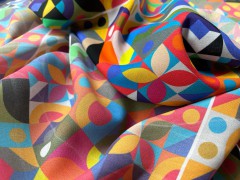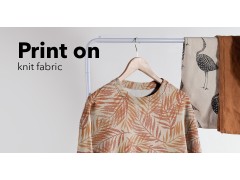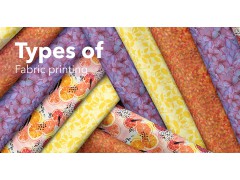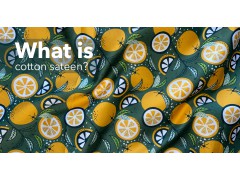What are sustainable fabrics?
There are a lot of different fabrics out there – so many, in fact, that this blog post would never end if we were to list them all. To narrow it down a little, we have to ask ourselves the following question: what is meant by sustainable fabrics? House of U’s sustainable fabrics definition is as follows: a material is sustainable if it has been produced with the smallest possible impact on the environment.
Fortunately, there are a couple of certifications that can easily tell you if (and how) a fabric is sustainable: the Organic and GRS certifications.
GRS certification
GRS stands for “Global Recycled Standard” and is an international certification for clothes (partially) consisting of recycled fabric. A GRS-certified fabric indicates that it is composed of at least 20% recycled material. At House of U, we aim for an 80% recycled material content for our U-circular fabric.
View our U-circular collection
What are the most sustainable fabrics?
Now that you know what sustainable fabrics are, you might be wondering what types of sustainable fabrics are out there. Fortunately, House of U is here to help! We’ve made a list of sustainable fabrics to help you find your way in this wild and rapidly changing world of sustainability.
Tencel/Lyocell
What is Tencel? It’s as soft as silk, as warm as wool, and as cool as linen: a true all-star of fabrics – and it’s all made from wood pulp! Rest assured, the trees used for this fabric are managed sustainably, are part of a closed-cycle production system, and the fabric itself is fully biodegradable. Plus, you can combine Tencel with polyester or different weaving techniques to create twill, satin, and stretch varieties.
Tencel’s fibers have been both USDA (U.S. Department of Agriculture) and EU Ecolabel certified.
Ecovero
Ecovero is a soft, luxurious, and comfortable fabric made entirely from wood pulp. The chemicals used to process Ecovero’s wood are reused and recycled. This leads to 50% less water consumption, energy consumption, and CO2 emissions than regular viscose – plus, the bleaching process doesn’t use any chlorine. All in all, Ecovero both feels great to wear on the skin and is great for the environment.
Ecovero’s forests are FSC and PEFC-certified. Additionally, their fibers carry the EU Ecolabel.
U-Circular
U-Circular is House of U’s very own sustainable fabrics collection. All U-Circular fabrics are based on recycled polyester (RPet), specifically PET drinking bottles. This (re)used plastic makes for a great resource for fabrics and fashion!
U-Circular is GRS-certified.
View our U-circular collection
Hemp fabric
What is hemp fabric? Contrary to what you might think, hemp doesn’t help you get high but instead helps you keep warm! Hemp is a plant-based fiber, with versatile applications. This all makes hemp a great sustainable option for all types of projects!
Organic cotton
Cotton is one of the most widely used fabrics in the world, even with all these sustainable alternatives. Fortunately, there’s also a sustainable variant of cotton: organic cotton. The difference is all in the pesticides used during cultivation: organic cotton doesn’t use any! This makes a huge difference in the fabric’s ecological footprint.
Pinatex
You might’ve guessed it based on the name, but Pinatex is a fabric made from pineapple leaves! Concretely, it means less waste, a closed-loop production, and biodegradable fabrics that are a great (and vegan!) alternative to leather.
Bamboo
Bamboo is an (in)famous plant: it spreads like a weed. You harvest it, and it grows back like nothing happened to it! Fortunately, this means bamboo is a strong plant that doesn’t need any pesticides or water to grow. All in all, bamboo is a great resource for fibers – clothing made from it is soft, breathable, and sustainable.
Nettles
Now this might sound crazy, but nettles are actually a great source of fiber. Contrary to what you might think, nettle-based clothing doesn’t sting, but makes a very breathable yet warm item in your closet. Nettles were a common source of fiber before the introduction of silk and cotton, and they can be again! Plus, they’re easy to cultivate and don’t need any pesticides to grow. Try it out sometime.
Econyl
Econyl is a portmanteau of “ecological” and “nylon.” That’s right: a sustainable alternative to nylon. Instead of just creating new nylon over and over, Econyl is made from used nylon and nylon waste, transformed into a brand new product: with the same resources and result.
Organic linen
Just like organic cotton, organic linen is a more sustainable alternative to linen. The lack of pesticides and other toxic chemicals during the farming and processing stage makes organic linen a fantastic alternative to regular linen! Protect the insects, protect the planet.
Cupro
Cupro is a plant-based fabric that looks and feels just like silk: smooth, breathable, and cooling. It’s made using “regenerated cellulose” – or, more concretely, the tiny cotton fibers that stick out of cottonseed and are too small to process normally. Reducing waste and a vegan alternative to silk: what more can you want?
Alpaca wool
If you’ve ever petted an alpaca before, you’ve felt firsthand how soft they are – and that extends to their wool! It’s no wonder that alpaca wool makes for a great and soft resource for fibers. Unlike sheep wool, alpaca wool is a lot more durable, water-resistant, and hypoallergenic – if you’re looking for a wool alternative, this one’s for you!
Qmonos
Tired of wearing synthetic silk alternatives? Qmonos has got you covered! Coming from the Japanese phrase from spider web, Qmonos is an artificially sourced protein, used to make a spider web-like silk without actually using any spiders. Polyester and nylon will soon be fabrics from the past with this vegan and sustainable alternative.
Ramie
Ramie is a Chinese plant and has historically been used to create fabrics. This plant can be grown without the use of pesticides – like nettles and bamboo – greatly reducing its impact on the environment! It feels just like silk, too: a great vegan alternative if you’re looking for one.
Banana fabric
No, it’s not made from the bits of the banana you actually eat: banana fabric is made from the peel (and stem) of bananas! Instead of throwing your peels into a composter, they can be made into a plant-based alternative to both cotton and silk, depending which part of the banana is used.
Seaweed
If you’ve swum in the sea, it’s most likely tickled your feet a couple of times: seaweed. This seaborn plant can be a great ingredient for any dish, but it can also be used to create fabric! Harvesting the seaweed is easy and painless: if you cut the weed above a certain point, it’ll regrow all by itself. Plus, the chemicals used to process the fabric are in a closed loop – meaning they’re continually reused.
Seaweed-based fabric has a lot of certifications, including Oekotex, USDA, and the German Ecolabel.
Coffee fabric
That’s right: coffee isn’t just something you drink in the mornings, you can also wear it! Coffee fabric is made from coffee grounds, using a low-temperature, and high-pressure process, both reducing waste and saving energy!
Coffee fabric carries a lot of certifications, including bluesign2019, USDA, Oekotex, GRS, TUV, SGS, and TAF.
Orange fiber fabric
Fabric made from orange peels? Absolutely! This great new technique aims to extract cellulose from the citrus industry’s waste and creates a luxurious fabric. Less waste, great clothes – with the memory of a glass of fresh orange juice to boot.
Printing on Eco-friendly fabrics at House of U
So, that was a lot. We hope you feel a little more comfortable in the world of sustainable fabrics now. If you’ve decided to buy one of them for your projects, take a look at our complete range of sustainable fabrics – you can even print on fabric, if you’re interested.
If you’d like a more hands-on demonstration, order our Eco Fabric Kit. Feel, smell, and try some of our most popular sustainable fabrics using these samples and figure out which sustainable fabric is the right one for you.
If you’re still on the fence regarding our sustainable fabrics or want some more advice, feel free to contact us. We’re always happy to help!






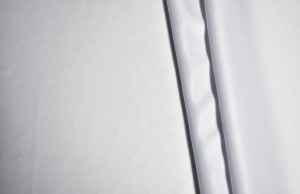
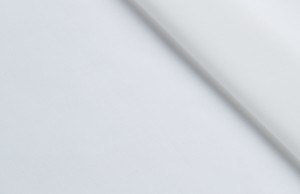
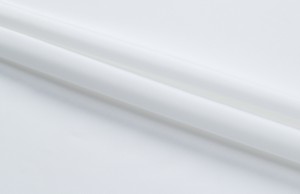
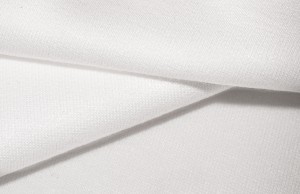
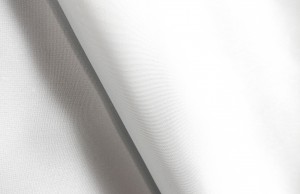
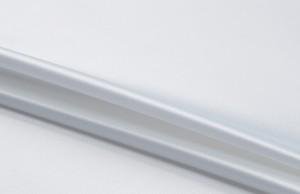
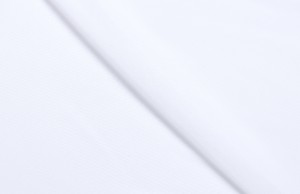
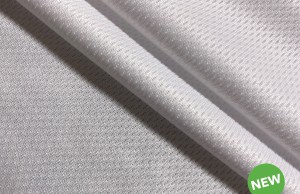
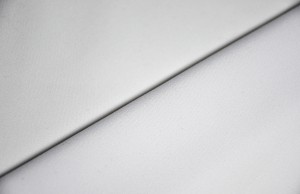
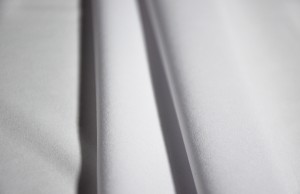

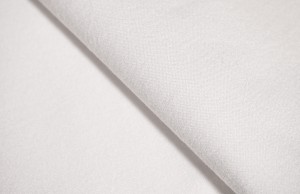

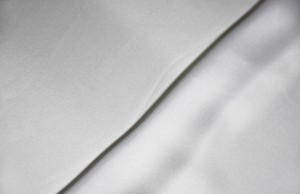
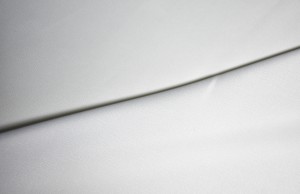
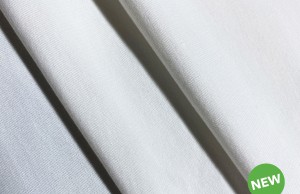
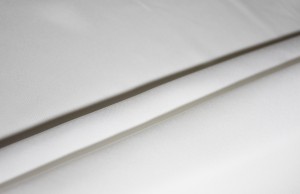
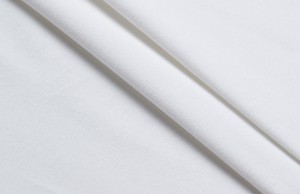
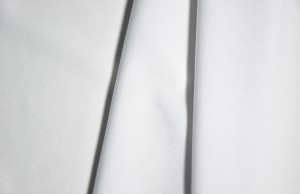
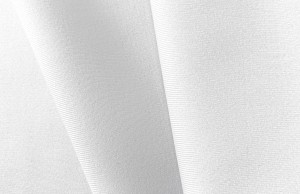
.jpg)
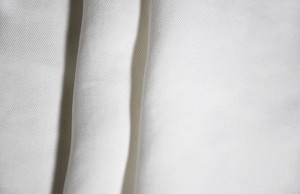
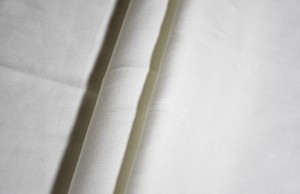
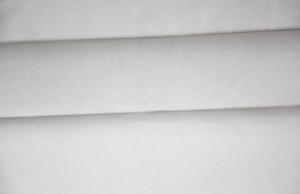
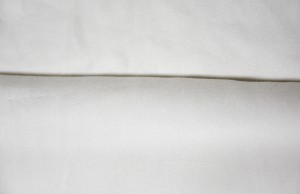
.jpg)
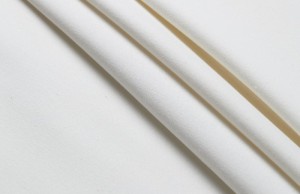
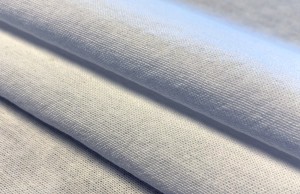
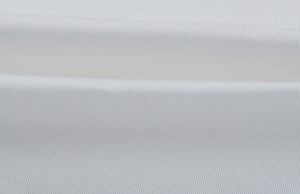
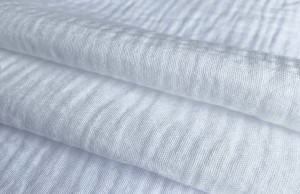
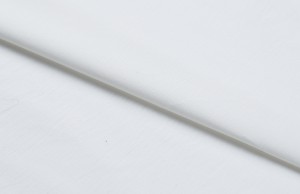
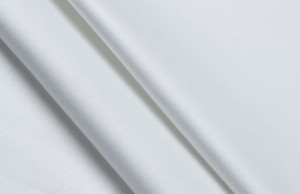
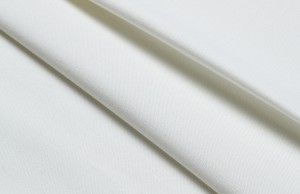
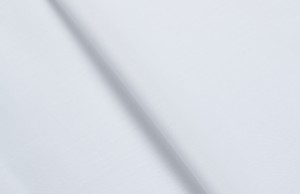
.jpg)
